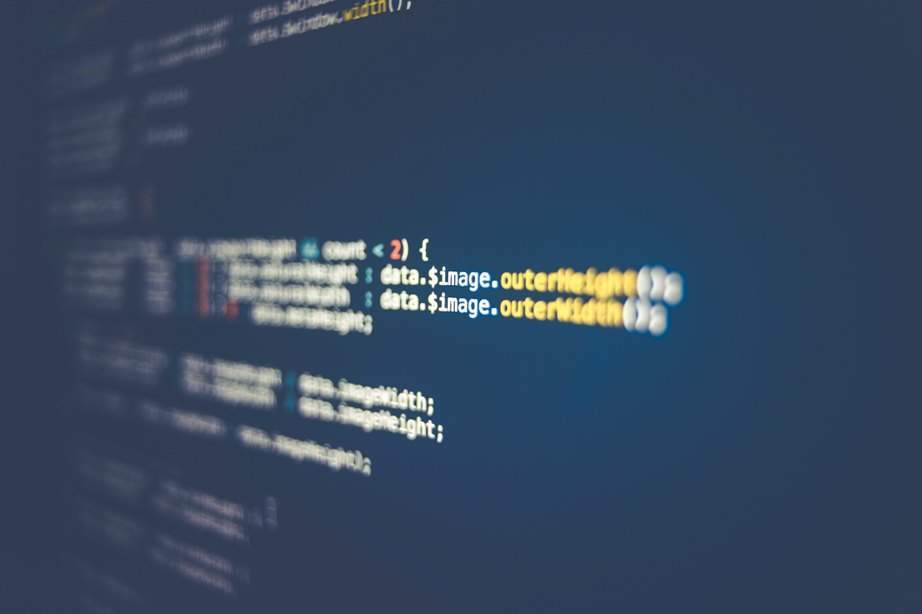
This is the first time that software enabling a digital video camera sensor to remotely measure vital signs has been approved as a medical device.
No global medical device regulator, including the US Food and Drug Administration, has previously approved a device of this nature.
To detect pulse rate, the device works in the same way as the familiar pulse oximeter, which detects the slight changes in skin colour caused by the blood being pumped around the body.
However, unlike a pulse oximeter, which must be attached to a patient’s skin, it can be used to monitor pulse rate remotely. The device also detects the movements of the body caused by breathing to count breathing rate.
The Oxehealth vital signs measurement software will now be marketed alongside the company’s existing suite of contact-free activity tracking tools, which are already being used by NHS trusts and care homes to assist staff who need to monitor patients at risk of falls, self-harm or other injuries.
Oxehealth CEO Hugh Lloyd-Jukes said: “I am thrilled by the European medical device accreditation, which confirms that our technology can take spot measurements of pulse rate and breathing rate that are as accurate and safe as a device that you clip on the skin.
Lloyd-Jukes continued saying: “Clinicians have been using the Digital Care Assistant to help them to identify risky activities and to understand patient activity better.
“The addition of the medical device solution will enable organisations to take pulse and breathing rate observations to inform treatment decisions. It is a world first that has the potential to help staff transform care in settings where they cannot, or do not want to, enter a room.
“Looking after the elderly and vulnerable can be extremely challenging. Yet, in contrast to their peers in intensive care, the medical staff working in mental health, nursing homes and custodial settings have never had access to frequent, accurate vital sign measurements.
“Now they do, and we are thrilled to be bringing them a 21st Century tool that will help them improve the care of some of society’s most frail patients.”
Source: Company Press Release.




